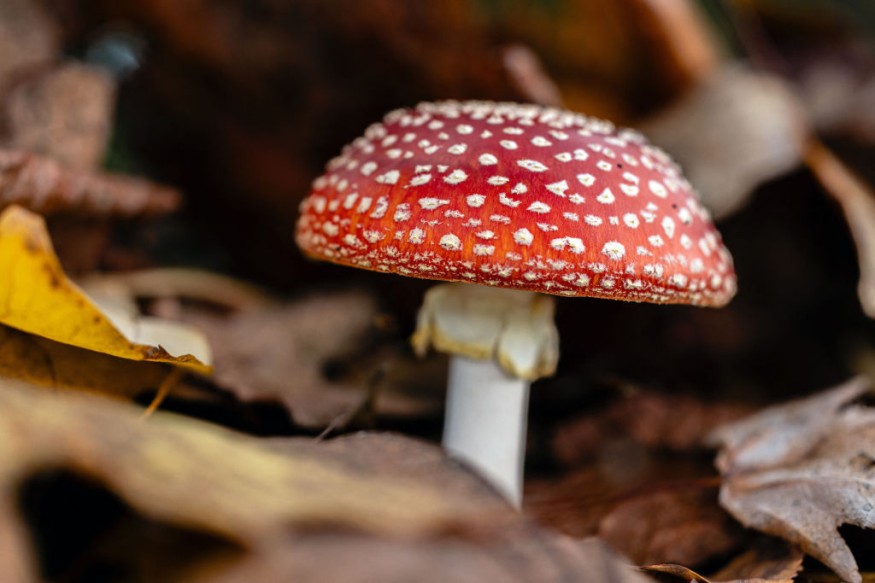
Mushrooms may appear to be silent and self-contained organisms study reveals they can communicate with one another using up to 50 words.
Electrical Signals
Professor Andrew Adamatzky, a scientist at the University of the West of England's (UWE) unconventional computing laboratory, has been researching fungi to learn how they communicate.
He utilized specialized equipment to record the electrical signals of various distinct varieties of fungi, which he then translated into binary strings, a computer language that uses a combination of the digits 1 and 0 instead of words.
Electrodes were implanted in four types of fungi: ghost fungi (Omphalotus nidiformis), enoki fungi (Flammulina velutipes), split gill fungi (Schizophyllum commune), and caterpillar fungi (Cordyceps militaris).
During the experiment, he recorded the mushroom speaking over 50 different "words" and found that the distribution of these "fungal word lengths" was very similar to that of human languages.
"We observed bursts of spiking in the trains of the spike similar to that observed in the central nervous system. While the similarity could be just phenomenological, this indicates a possibility that mycelium networks transform information via interaction of spikes and trains of spikes in manner homologous to neurons," Adamatzky added.
Language complexity differed between species, with ghost fungi and split gill fungi having a greater lexicon.
The most plausible causes for these waves of electrical activity are to keep the fungi alive-akin to wolves howling to keep the pack alive-or to relay newly discovered sources of attractants and repellants to other areas of their mycelia.
Scientists have been investigating whether plants can communicate with one another since the 1970s, but most of their research was first suppressed because many felt it was ridiculous.
However, scientists have released findings in the last decade demonstrating that plants may communicate with one another by exchanging information via chemical messages in the air and soil.
Fungi, in particular, can assist plants in communicating with one another, with tiny fungal filaments underneath generating a "global wood web" that aids in the transmission of signals between plants.
More Evidence
Other scientists are waiting for additional data before accepting it as a type of language. Other types of pulsing behavior in fungal networks have already been seen, such as pulsing nutrient transfer, which may be driven by rhythmic growth as fungi forage for food.
"Though interesting, the interpretation as language seems somewhat overenthusiastic, and would require far more research and testing of critical hypotheses before we see 'Fungus' on Google Translate," said Dan Bebber, an associate professor of biosciences at the University of Exeter.
Professor Adamatzky hopes that more fungi can be investigated in the future and that scientists can begin attempting to translate what the "words" imply.
However, he believes that this could take a long time because research into this is still in its early stages and we haven't figured out the language of other animals like cats and dogs yet.
For the time being, experts classified the word simply based on the amount of spikes in the respective trains.
Related Article : 5 Rarest and Weirdest Mushrooms in the Kingdom Fungi
© 2025 NatureWorldNews.com All rights reserved. Do not reproduce without permission.





